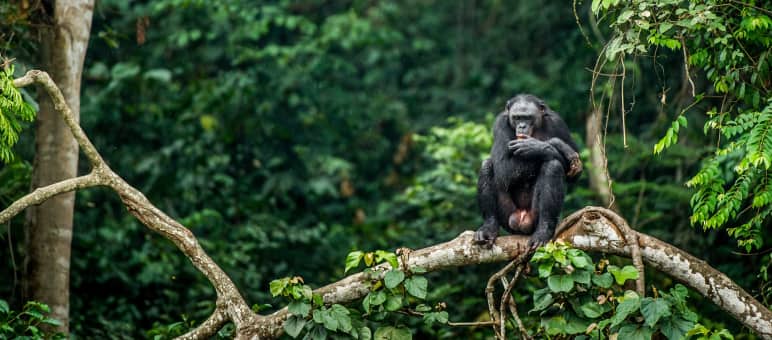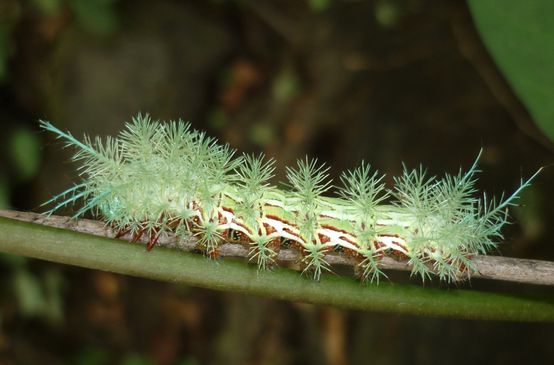
UN experts: climate and biodiversity are interconnected issues
: The climate crisis has finally been acknowledged by the mainstream, but the mass extinction of animal and plant species is often overlooked or considered less urgent. Now for the first time, UN experts are warning that the two existential crises must be tackled in concert with each other, rather than independently.
Our way of life is responsible for both the climate crisis and loss of biodiversity. The crises reinforce each other and have already brought some ecosystems to the brink of collapse. While the main causes are the same – the burning of fossil fuels, habitat destruction, industrial agriculture, excessive consumption – the measures taken to address them sometimes conflict.
Electric vehicles, for example, may be good for the climate because they do not emit CO2 while driving. However, the mining of raw materials, especially for batteries, causes immense environmental damage. Destroying forests and grasslands and replacing them with monocultures for biofuel and wood pellets – for crops such as palm oil, soy, corn or acacia – is devastating for biodiversity. Planting trees is mostly good for the climate, but the wrong species in a given location can do more harm than good.
50 scientists from the Intergovernmental Panel on Climate Change (IPCC) and the Intergovernmental Platform on Biodiversity and Ecosystem Services (IPBES) recently presented a joint report. Its core finding: protecting the climate and biodiversity are both crucial and must be tackled at the same time. Measures that are very specifically tailored to protect the climate must be analyzed with care to avoid negative trade-offs. Climate protection must not come at the expense of biodiversity and vice versa. Social consequences for local communities and indigenous peoples must also be considered.
The Chair of the Intergovernmental Panel on Climate Change IPCC, Dr. Hoesung Lee said: “Climate change and biodiversity loss combine to threaten society – often magnifying and accelerating each other.”
“Land and ocean are already doing a lot – absorbing almost 50% of CO2 from human emissions - but nature cannot do everything,” said Ana María Hernández Salgar, Chair of IPBES. “Transformative change in all parts of society and our economy is needed to stabilize our climate, stop biodiversity loss and chart a path to the sustainable future we want. This will also require us to address both crises together, in complementary ways.”
The experts cite examples in their report of how climate protection and biodiversity go hand in hand: Protecting or restoring particularly biodiverse and carbon-rich ecosystems sequesters a lot of CO2 and can prevent methane emissions. At the same time, bogs, wetlands and mangroves provide a habitat for numerous creatures.
The scientists see protected areas – particularly those managed by indigenous peoples – as a key to preserving biodiversity that has been used far too timidly in the past. They therefore support the goal of protecting 30 to 50 percent of all ice-free ocean and land surface areas. “Nature-based solutions” such as reforestation must not replace or delay the mitigation of greenhouse gas emissions or focus solely on CO2 sequestration, and must take into account the needs of local and indigenous communities.
The report calls on every individual and every community to act: “Every local initiative matters, since the benefits of many small, local biodiversity measures accumulate at the global level.” The report also advocates changes in eating habits and recycling.
